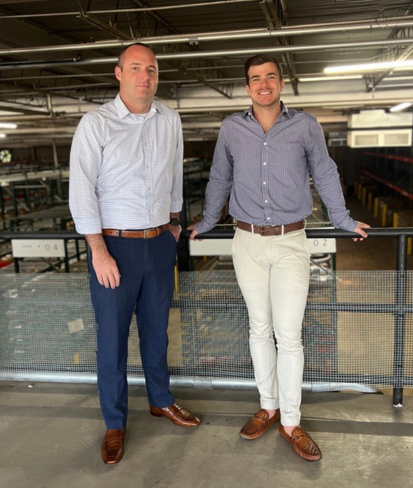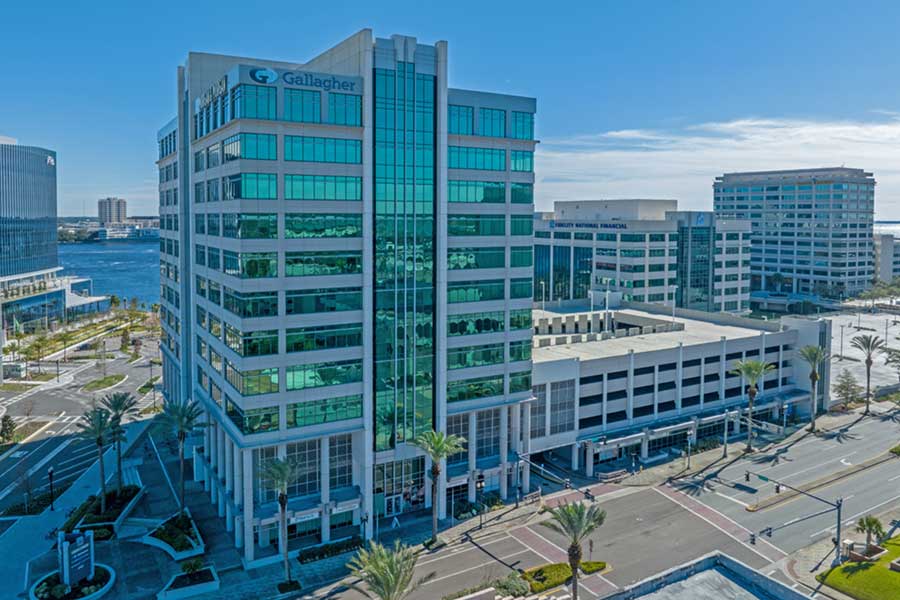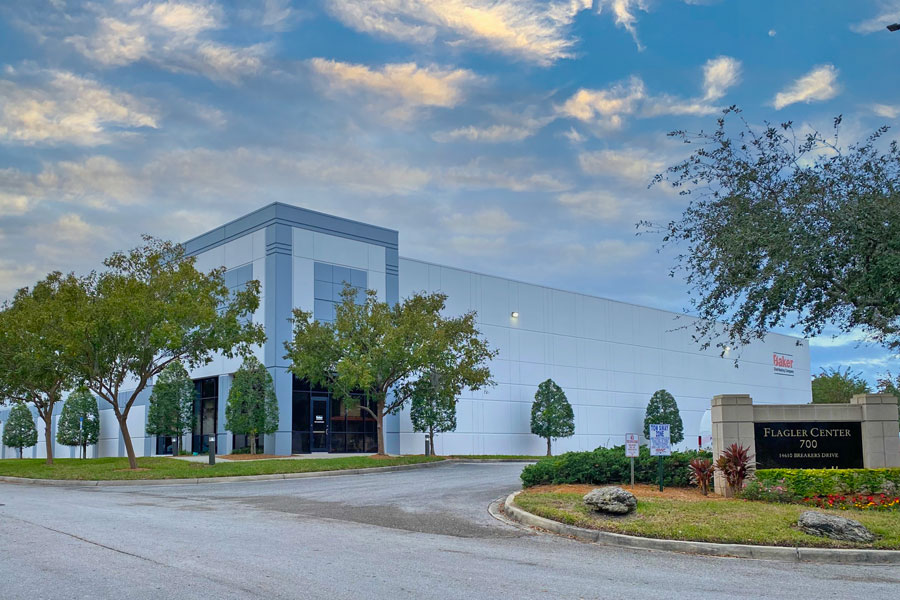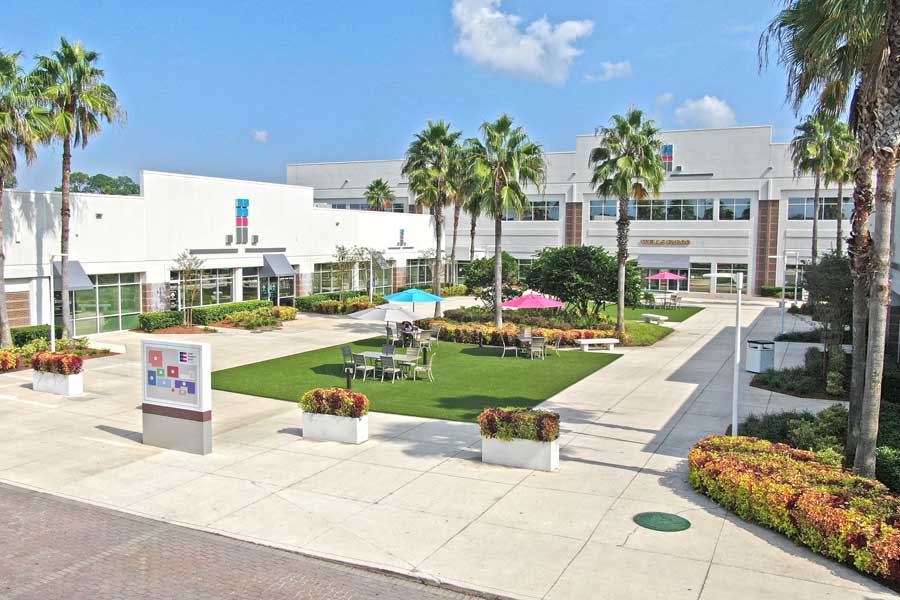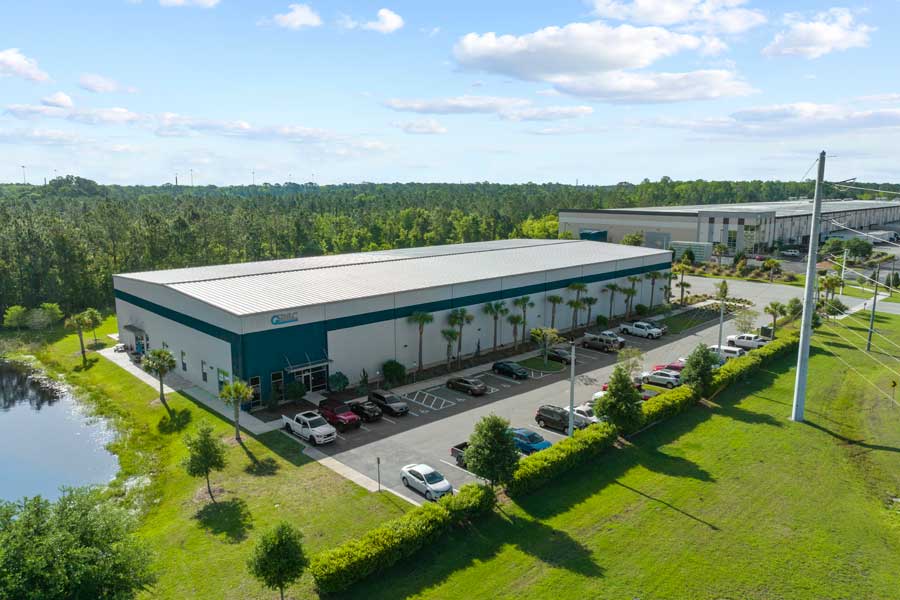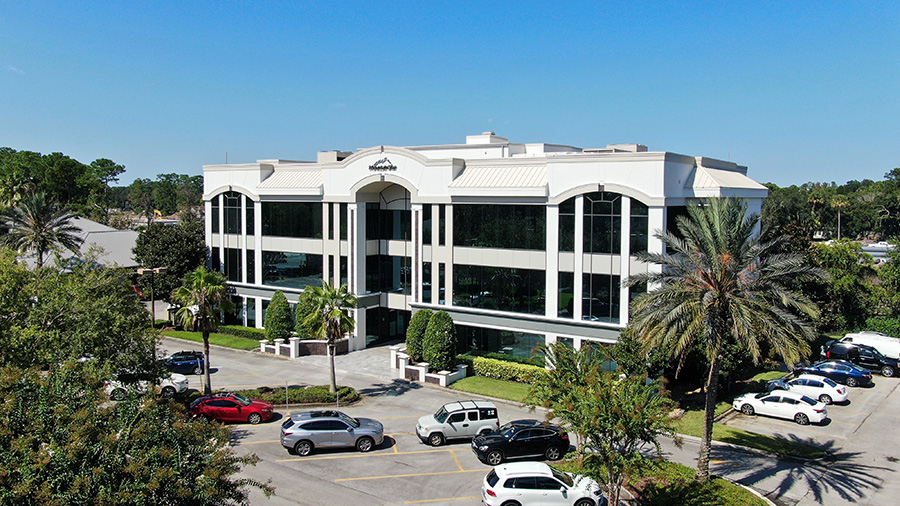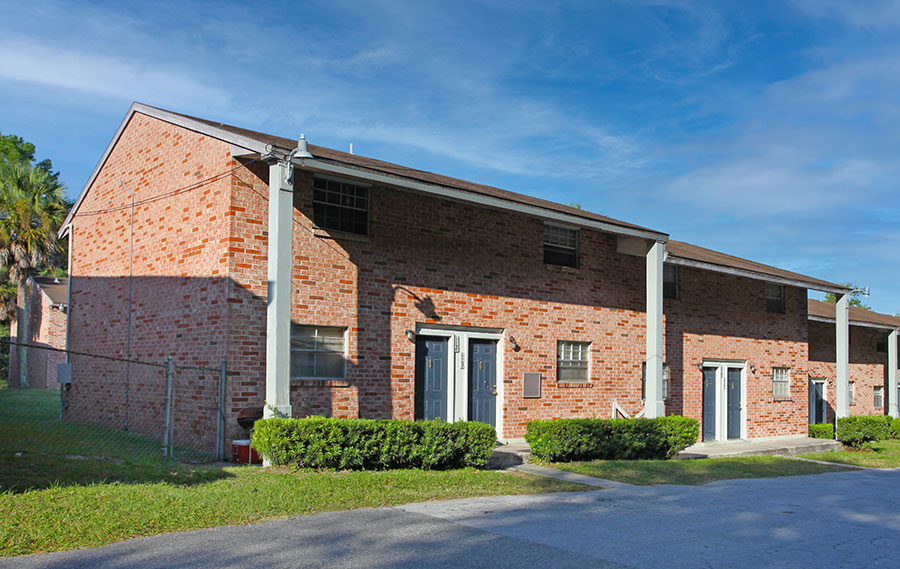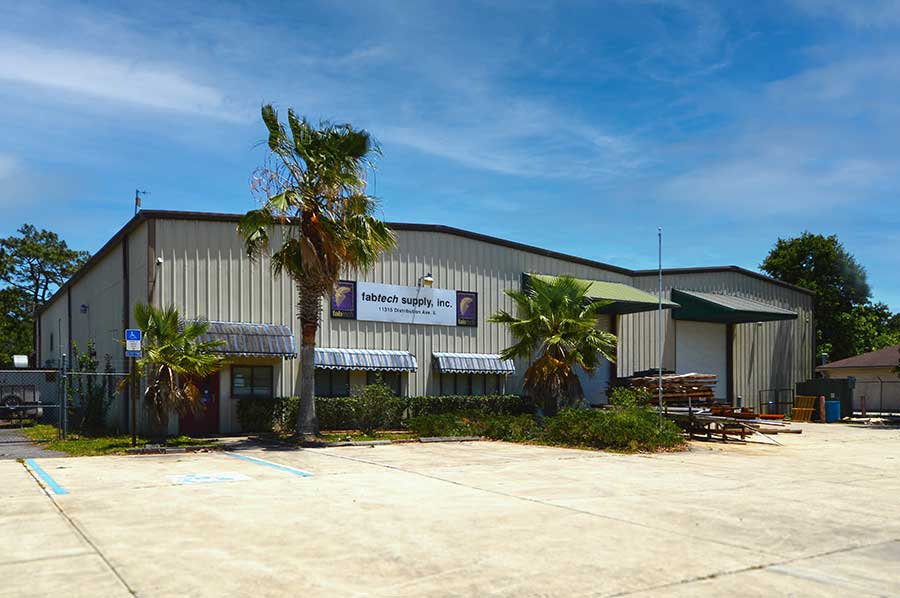
In recent months, the trucking industry has been experiencing a significant shortage of drivers. This deficiency is beginning to have an immense impact on the supply chain and causing prices to rise. The American Trucking Association estimated a shortage of 78,000 drivers in 2022. The situation has been exacerbated by an aging workforce, stricter rules on operating hours, and the number of truckers suspended for drug-related incidents. This dilemma has had an enormous impact on the industrial commercial real estate industry as the demand for warehousing space increases and supply cannot keep up.
How does the aging workforce affect the trucking industry?
The aging workforce is a noteworthy issue for the industry, with a majority of drivers in their 50s and 60s. According to the American Trucking Association, the average age of a commercial driver is 46, and nearly one-third of drivers are over 55. As these drivers retire, the industry is losing a wealth of experience and knowledge, making it more challenging to find qualified replacements. This contributes to the overall decrease in drivers nationwide.
The shortage of younger drivers entering the industry is a growing concern. The long hours and time away from home are not attractive to many young people, who are opting for jobs with more predictable schedules and better work-life balance. Stricter regulations on operating hours and electronic logging have also been a major hurdle for potential young drivers.
Government regulations passing stricter rules on operating hours
Among the things making an impact on supply and demand are new regulations for operating hours that have been introduced to improve safety and reduce fatigue-related accidents. Under the new Department of Transportation regulations, drivers are required to take more breaks and rest periods, which can reduce the amount of time they can spend on the road. This has increased the difficulty of trucking companies to meet demand, especially during peak periods.
Drug-related incidents increasing suspension of drivers
In addition to the new regulations, there has been an increase in the number of truckers suspended for drug-related incidents. A 2021 article by the New York Post claimed 72,000 truckers were suspended due to failed strict drug tests. The suspension of these drivers has reduced the pool of available candidates, making it more difficult for companies to find qualified drivers. It has put pressure on trucking companies to find replacements, to mitigate the risk of having a shortage of drivers.
The shortage of drivers has had a ripple effect on the supply chain, causing disruptions and delays. This has been particularly problematic for industries that rely heavily on transportation, such as retail, manufacturing, and agriculture. These disruptions have led to rising prices of goods, which ultimately affects the consumer.
The Consequences of a Truck Driver Shortage in Commercial Real Estate
The impact of the trucking shortage is not limited to the supply chain and consumer prices. It also has implications for industrial commercial real estate. With the shortage of drivers, trucking companies are finding it difficult to meet demand, and as a result, they are struggling to find places to store goods. This has led to an increase in demand for industrial commercial real estate, as companies look for additional space to store their goods. According to CoStar market research, industrial vacancy rates are less than 4% nationally and rents have grown more than 12% year over year.
What are Current and Future Solutions to the Truck Driver Shortage?
One solution to the trucker shortage is investing in safer and amenitized truck stops. Companies like Speedwagon Capital Partners are making it a priority to focus on the well-being of truck drivers. Below are some ways these companies are making that happen:
- Improved Security: Truckers often carry valuable cargo, making them a target for theft and other crimes. Safer truck stops should have robust security measures in place, such as well-lit parking areas, security cameras, and on-site security personnel.
- Rest and Relaxation Areas: Long hours on the road can be tiring, and truckers need a place to rest and recharge. Safer truck stops can provide amenities such as comfortable lounges, fitness centers, and showers.
- Healthy Food Options: Many truckers struggle to find healthy food options on the road. Safer truck stops can offer healthy food options such as fresh fruits and vegetables, grilled meats, and whole grains.
- Pet-Friendly Areas: Many truckers travel with pets, and safer truck stops can provide designated areas for them to exercise and rest.
- Wi-Fi and Connectivity: In today’s digital age, it’s important for truckers to stay connected to their families and work. Safer truck stops should provide reliable Wi-Fi and other connectivity options.
- Recruiting Younger Drivers: The average age of truck drivers in the U.S. is over 50, and many are retiring without enough younger drivers to replace them. Companies can attract younger drivers by offering training programs, apprenticeships, and mentorship opportunities.
Investing in safer truck stops and rest areas and recruiting younger drivers are just a few solutions that can benefit both truckers and the wider economy by ensuring that our goods are transported safely and efficiently.
How the Truck Driver Shortage Provides Opportunities for Investors and Developers
The truck driver shortage provides opportunities for investors and developers to invest in new technologies, software solutions, infrastructure, and recruitment and retention efforts that could help transportation companies overcome the shortage and operate more efficiently.
The development of autonomous vehicles presents a significant opportunity for transportation companies looking to overcome the truck driver shortage. Investors and developers can invest in developing and testing autonomous vehicles, which could eventually replace human truck drivers. The use of autonomous vehicles could also increase efficiency and lower costs for transportation companies.
Technology and software solutions can help companies optimize their routes, increase efficiency, and reduce costs. Investors and developers can invest in developing and marketing these solutions, which could be in high demand as transportation companies look to streamline their operations in the face of the driver shortage.
The driver shortage has led to an increased demand for truck parking and rest areas. Investors and developers can take advantage of this demand by investing in the development of new truck stops and rest areas. They can also invest in upgrading existing facilities to meet the needs of modern truck drivers.
Investors and developers can also help transportation companies with recruitment and retention efforts. They can invest in programs that attract new drivers and keep them engaged and motivated to stay with the company long-term.
The Outlook for the Truck Driver Shortage
In closing, the trucking shortage is a problem negatively affecting many industries. The aging truck-driving population, stricter regulations, and suspension of drivers for drug-related incidents have made it more difficult for trucking companies to find and keep qualified drivers. The scarcity of drivers is causing disruptions in the supply chain and leading to rising prices while also creating a demand for industrial commercial real estate as companies look for additional distribution space.
